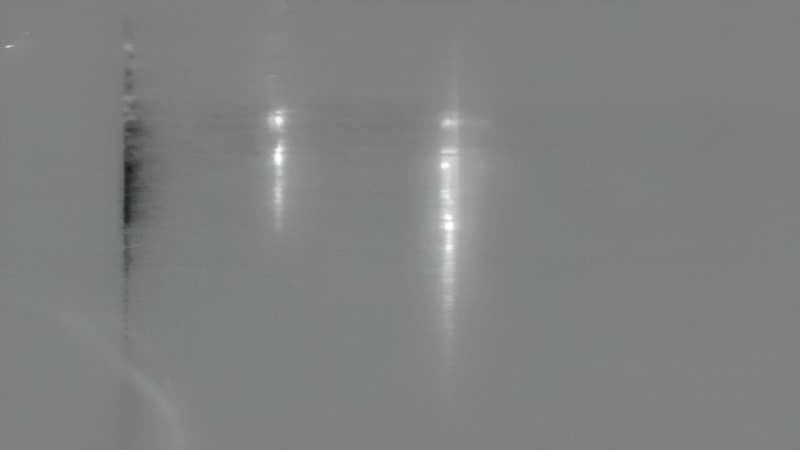This article has been reviewed according to Science X's editorial process and policies. Editors have highlighted the following attributes while ensuring the content's credibility:
fact-checked
peer-reviewed publication
trusted source
proofread
Scientists film sound waves in a crystal

To predict how materials behave, one must first know their characteristics. Further, suppose you want to manipulate or design new materials and have them serve some technological purpose in, for example, electronic or photonic circuits. In that case, you need to understand the structural dynamics very, very well.
Solid crystalline materials—such as metals, ceramics, rock, and bone—are notoriously difficult to model. They are made up of grains, domains, and defects and are challenged by many competing forces exerting their influence on several levels. To model such materials, scientists have used highly specialized X-rays and gotten as far as characterizing materials with a resolution as low as 100 nanometers—more than 500 times smaller than a human hair.
Resolution, however, is not the only thing one has to cover. There is also the fact that what is happening in these materials occurs over time, and scientists have not been able to follow it in more detail than milliseconds to seconds. But inside crystals, some things happen very fast, like when they change shape or transfer heat. These things are related to how the atoms in the crystals are arranged and move. They often happen in microseconds—sometimes even pico- or nanoseconds.
At the speed of sound
Another such phenomenon is sound waves traveling through the material. They are there for much less than a millisecond. A recent article in the journal PNAS—Real-time imaging of acoustic waves in bulk materials with X-ray microscopy—comprises Danish and American scientists' success in capturing just that: Soundwaves traveling through a 1 mm diamond sample.
"We want to see these changes in 3D, but until now, it couldn't be done fast enough or without damaging the crystals. Our new technology can do it faster and non-invasively and will work for many crystals," corresponding author Professor Henning Friis Poulsen from DTU Physics explains.
He adds, "To do imaging at the speed of sound, it was necessary to build an entirely new microscope at the end of a 3 km long 'X-ray free-electron laser' (XFEL). It is not a given that you'll succeed when aiming a 3 km long X-ray source through multiple lenses and onto a sample that is 1 mm across, while you hope to see a soundwave that only exists for a millionth of a second."
"Our hair-thin X-ray and optical laser beams had to meet on the mm-sized single-crystal diamond sample with a better timing accuracy than a nanosecond before the first data could be acquired. But we did it, and I believe these results will inspire a plethora of new research."
Three films of soundwaves
Co-author Theodor S. Holstad explains that their approach applies to all types of crystalline materials, "With this setup, we can investigate a wide range of ultrafast structural phenomena that have so far been beyond the reach of science. Visualizing structural processes on a timescale of less than a microsecond is relevant for solid-state physics, materials science, and geoscience."
"For example, when you want to understand processes in meta-materials, photonic crystals, thermoelectric materials, or even soft materials such as perylene and hybrid perovskites. Finally, it may be useful in geoscience to test seismological models of how sound travels in planetary materials."
Snapshots of the soundwaves were taken with timesteps as small as just a few picoseconds and have since been edited into small films:
The team captured movies of different types of sound waves traveling and reflecting off the surface of the crystal:
They also captured dispersion (the wave spreading out over time) and attenuation (weakening of the wave) over microsecond timescales:
Finally, they demonstrated that just a single X-ray pulse less than a thousandth of a nanosecond long was sufficient for imaging, opening the door for visualizing stochastic and irreversible processes in real-time on a timescale less than microseconds, much, much faster than the milliseconds or microseconds that are the limit today.
More information: Theodor S. Holstad et al, Real-time imaging of acoustic waves in bulk materials with X-ray microscopy, Proceedings of the National Academy of Sciences (2023). DOI: 10.1073/pnas.2307049120




















